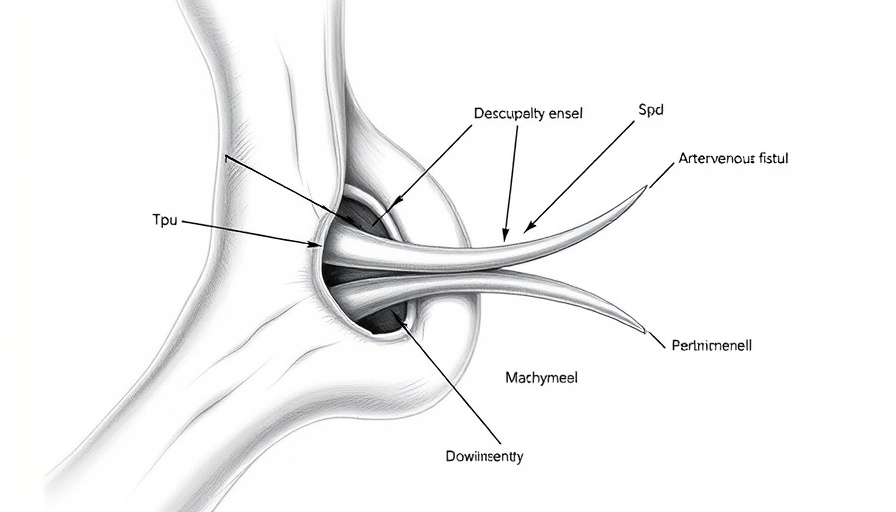
Revolutionizing Treatments: The Gene-Editing Breakthrough for MSMDS
In an extraordinary advancement for pediatric medicine, researchers at Mass General Brigham have pioneered a customized gene-editing technology that holds promise in treating multisystemic smooth muscle dysfunction syndrome (MSMDS), a devastating genetic condition that can lead to strokes and other life-threatening complications in young children. Currently, MSMDS lacks effective treatments, making this breakthrough a beacon of hope.
The Mechanism Behind the Cure: CRISPR-Cas9 and Base Editors
The innovative solution is rooted in the manipulation of the genetic code, particularly targeting the ACTA2 gene, which is crucial for producing smooth muscle actin. A single mutation in this gene is the leading cause of MSMDS. Employing a bespoke CRISPR-Cas9 base editor, the researchers have engineered a cutting-edge approach that corrects this genetic defect with remarkable precision—yielding profound effects on the condition in mouse models. With improved targeting capabilities, these edited enzymes achieve significant corrections without causing unintended genetic modifications, setting a new standard in gene therapy.
A Story of Hope: From the Hospital Bedside to the Laboratory
This groundbreaking research reflects a profound commitment to patient-centered science. Dr. Patricia Musolino, a part of the dedicated team, highlighted that their journey began with a critically ill infant. This personal connection to the disease inspired the team's holistic focus, combining expertise from multiple fields to create a targeted therapy that aims to return to actual patient care.
Evidence of Efficacy: Testing in Mice
In rigorous testing, the gene-editing therapy showed a four-fold increase in survival rates among treated mice, indicating not just a theoretical breakthrough but a tangible solution that improves both neurological functions and cardiovascular outcomes related to MSMDS. Mice using the viral vector delivery method demonstrated not only lifespan extension but also noticeable improvements in exercise tolerance. Such outcomes suggest that this therapy could one day transform pediatric treatments, providing a safety net where none existed.
The Future of Gene-Editing Therapies
Moving forward, the implications of this research could resonate far beyond MSMDS. The strategies employed by Dr. Kleinstiver's lab contribute to a growing body of knowledge that enhances the safety and efficiency of genetic edits. The innovations in CRISPR technology could lead to new therapies for other genetic diseases, marking a significant shift in how we address previously untreatable conditions.
Community and Global Impact: The Role of Public Engagement
Advancements like these underscore the importance of dialogue between researchers, patients, and communities. Awareness of conditions like MSMDS and the potential of gene therapies could encourage increased funding and research focus, driving innovation that can touch countless lives. As we foster a collective understanding of genetic disorders, we encourage a stronger push towards policies that support continued research in this essential area.
As we anticipate future developments in gene editing, it is crucial for families and healthcare providers to stay informed about potential treatment options on the horizon. The collaborative spirit seen in this research offers hope—transforming lives for children and families confronting pediatric diseases.
 Add Row
Add Row  Add
Add 




Write A Comment